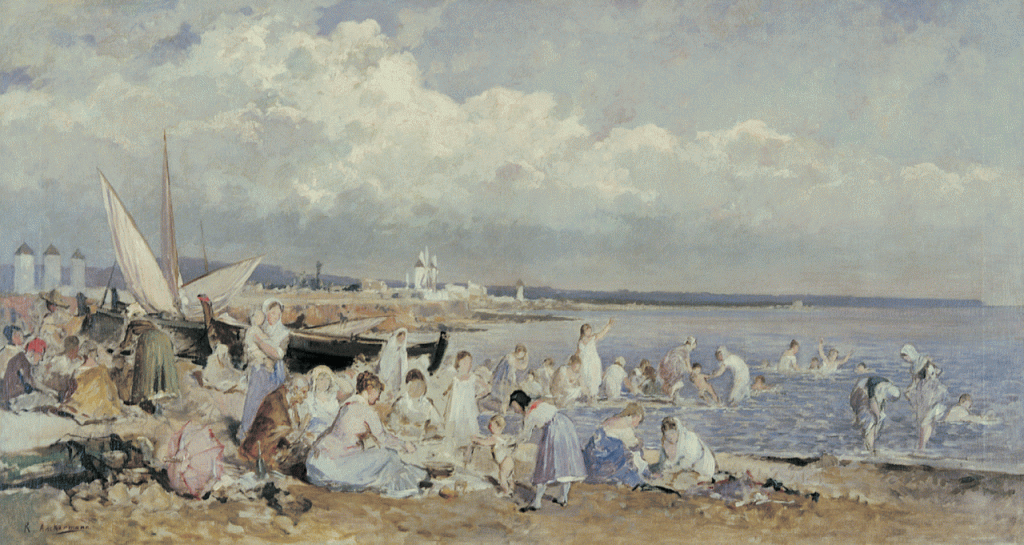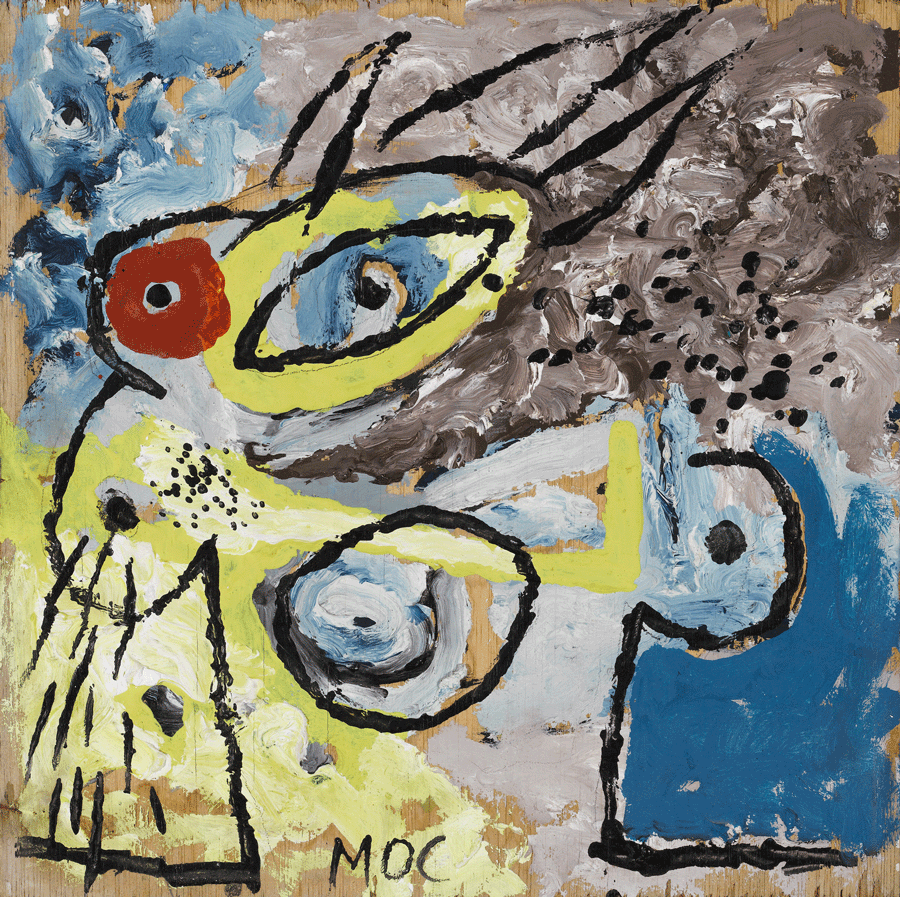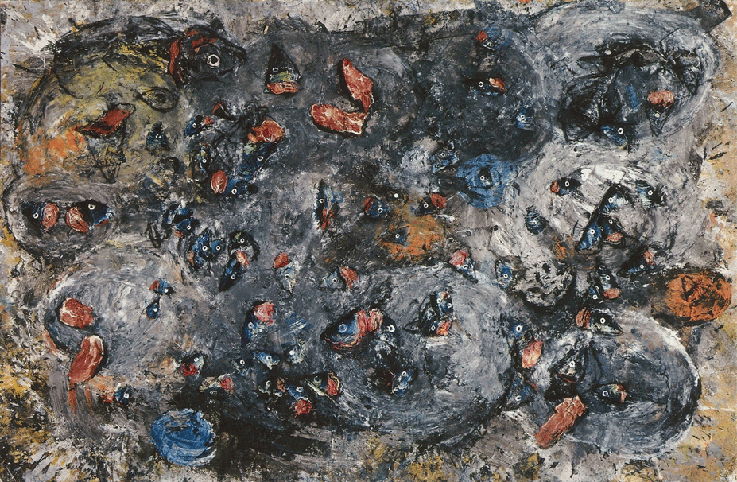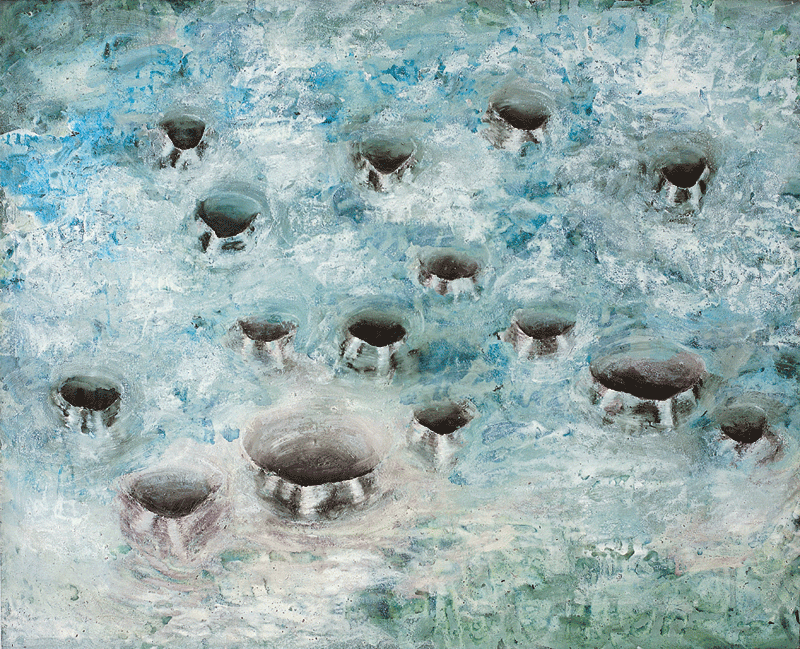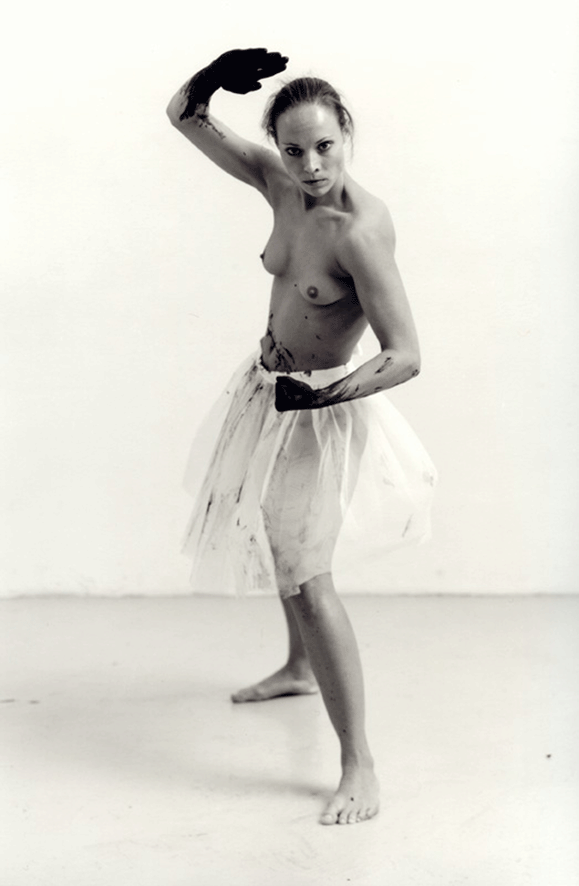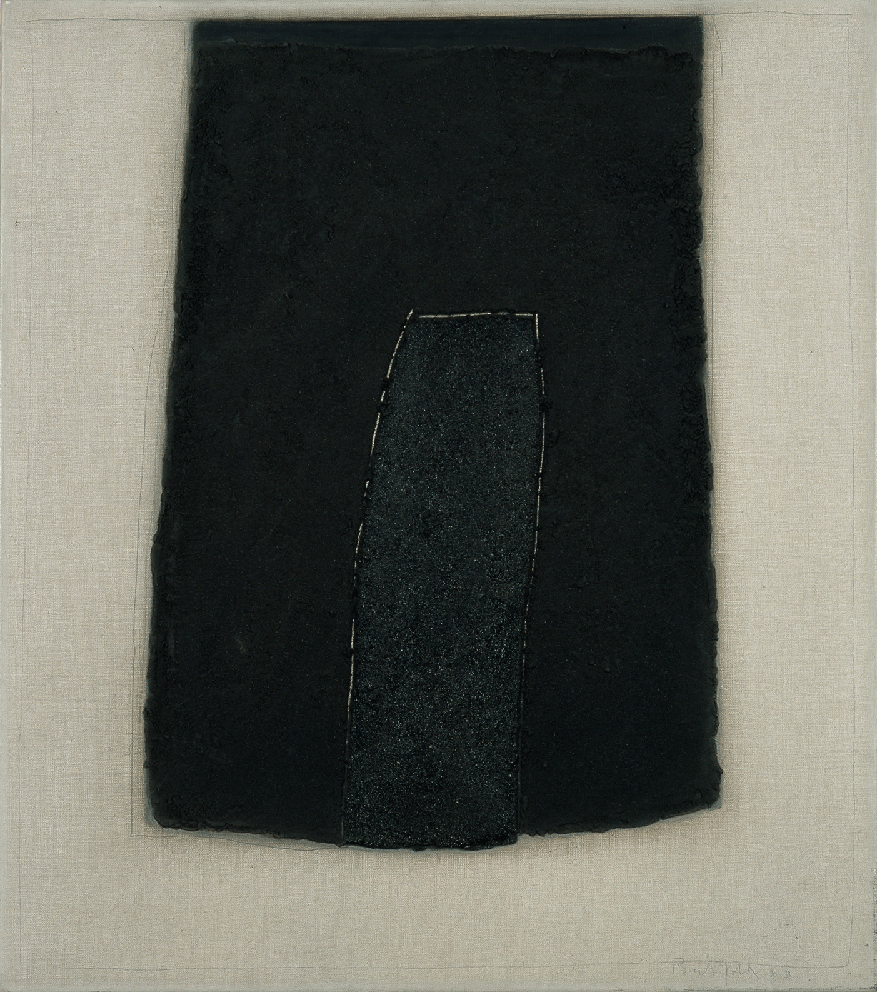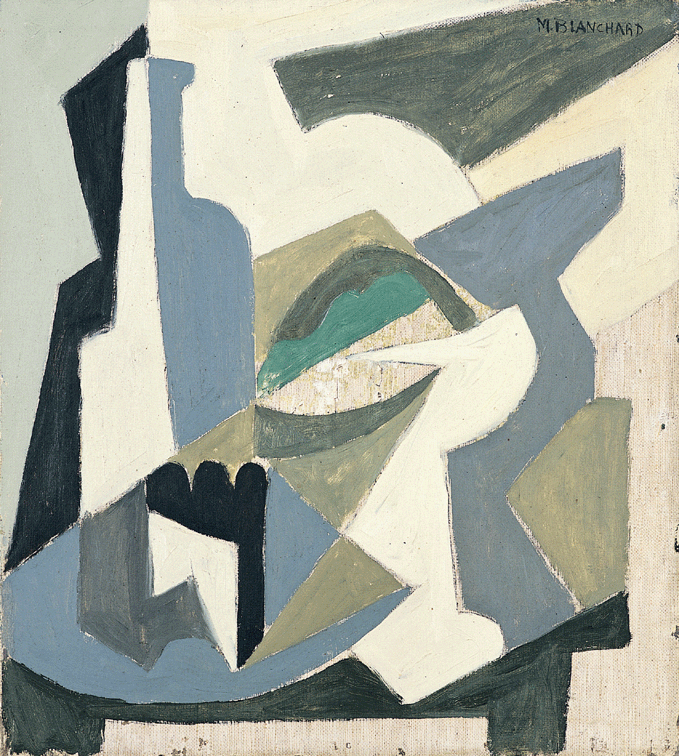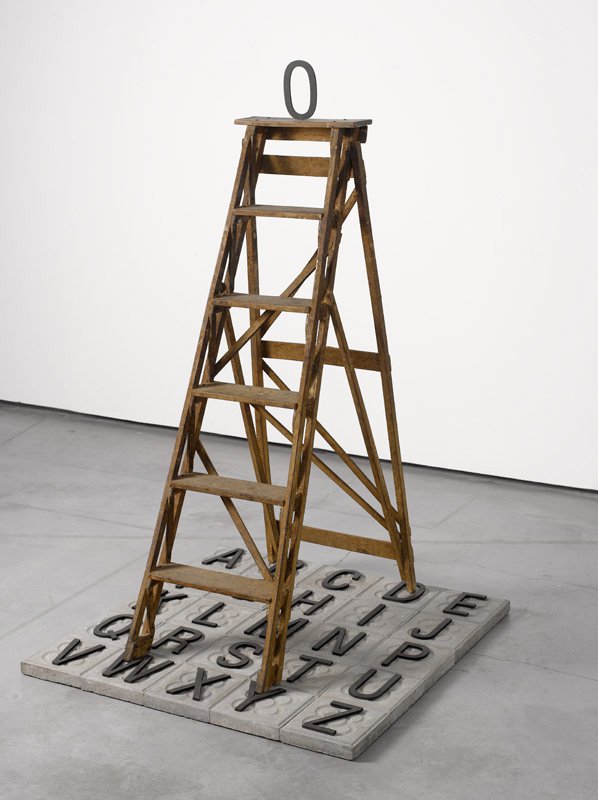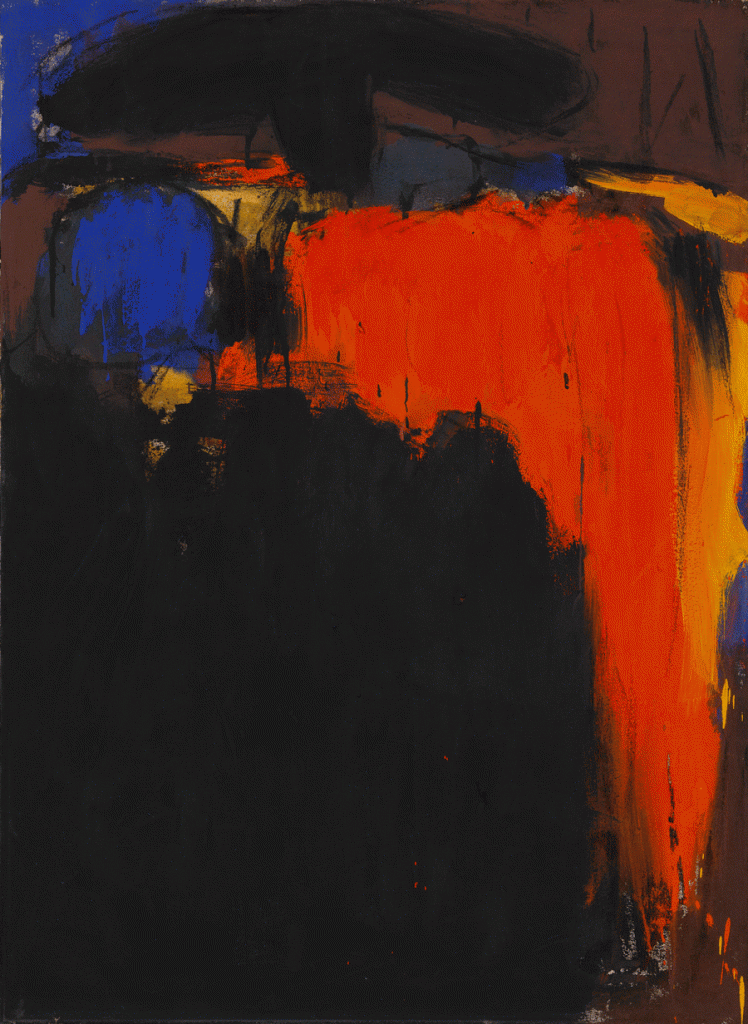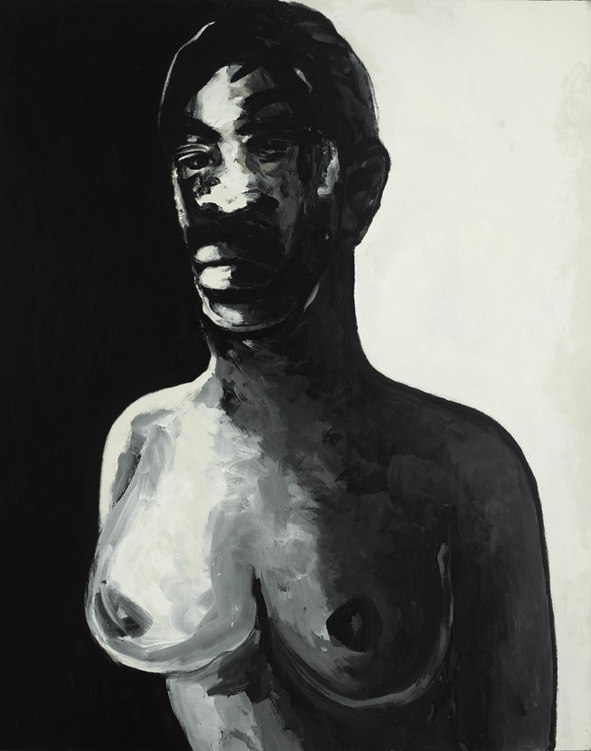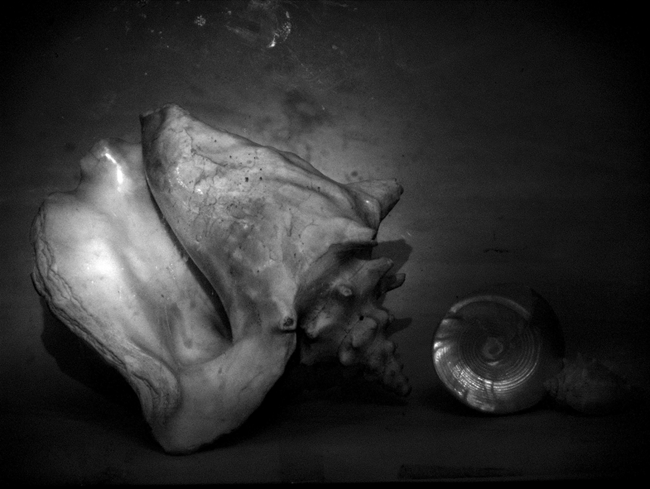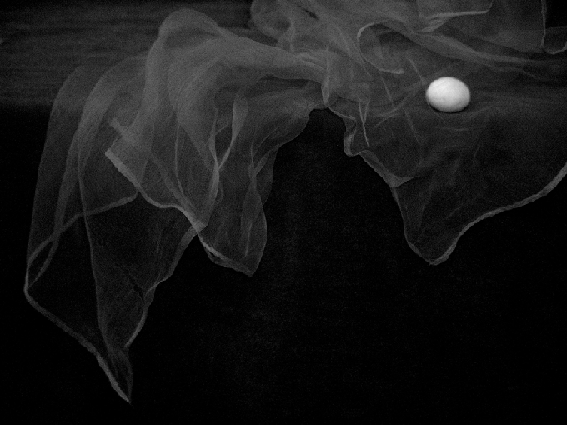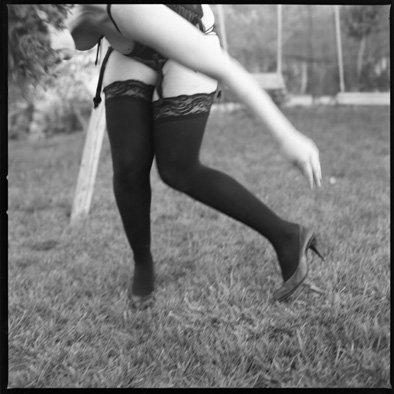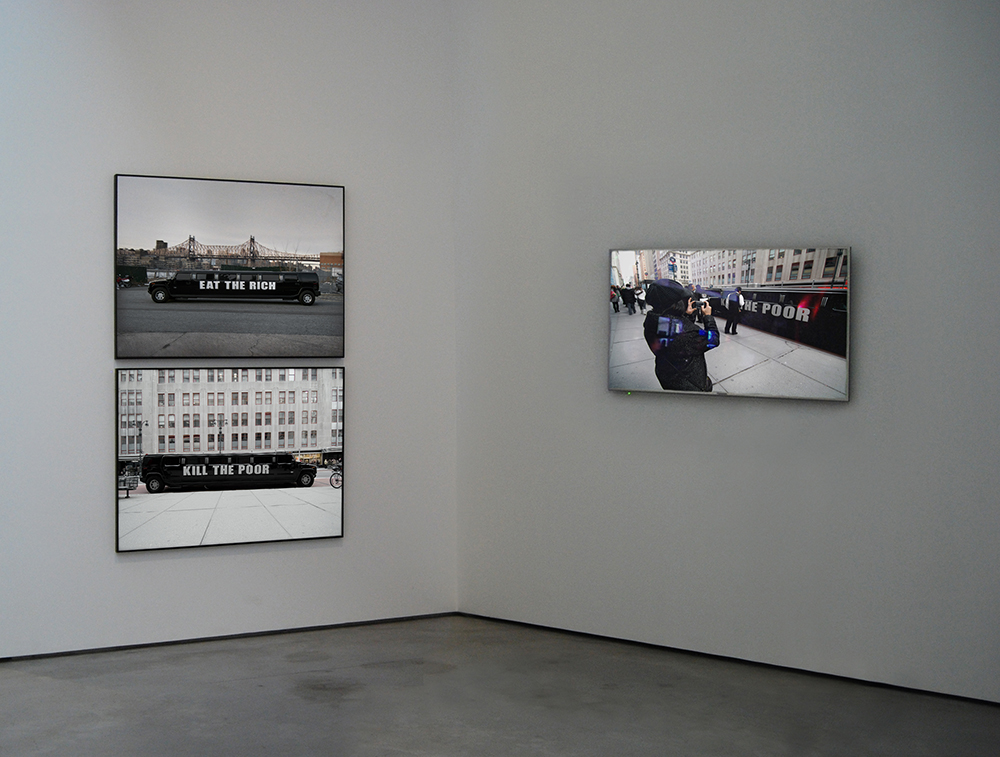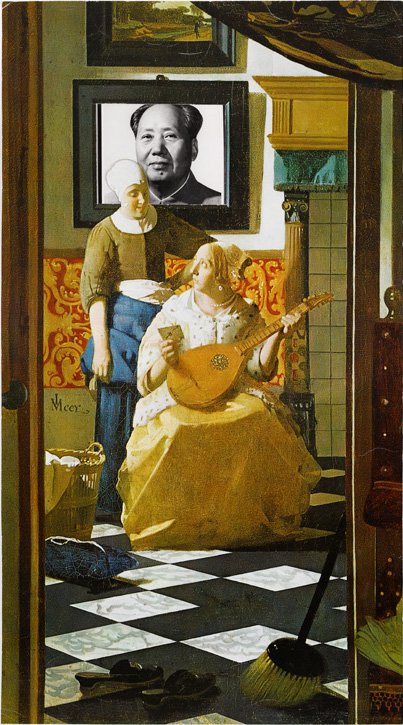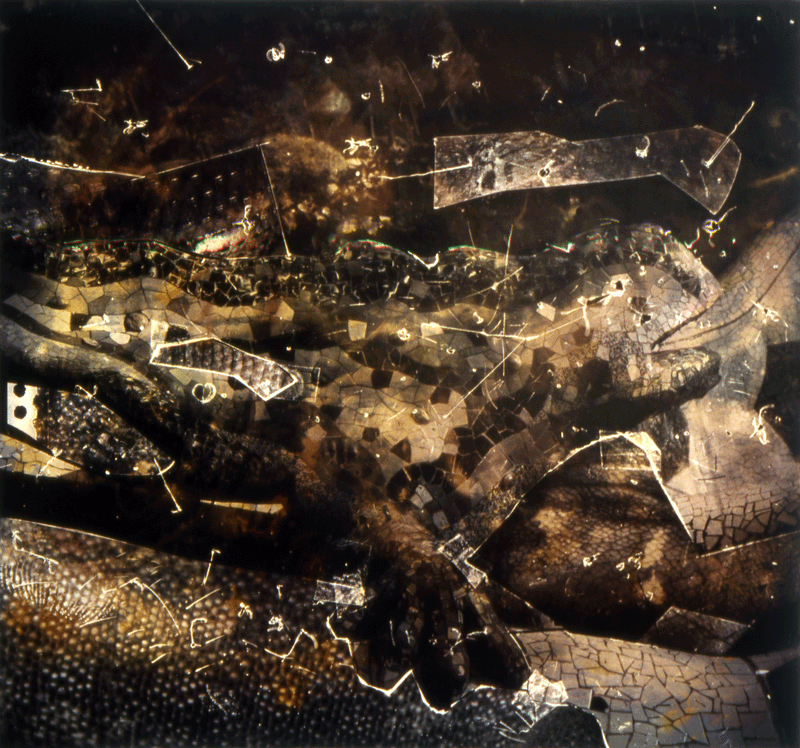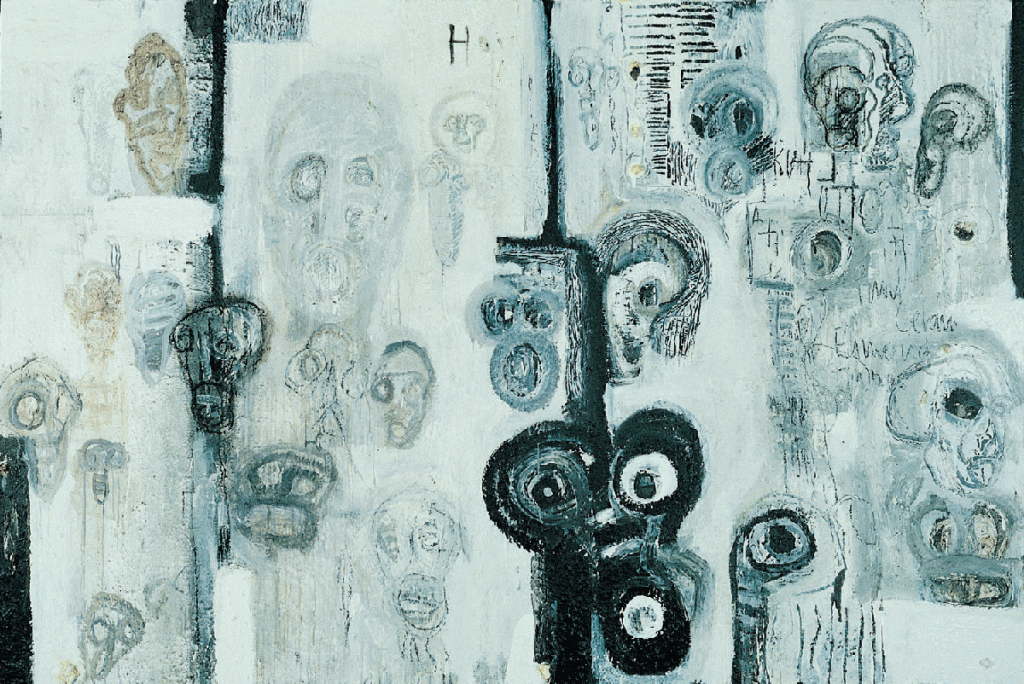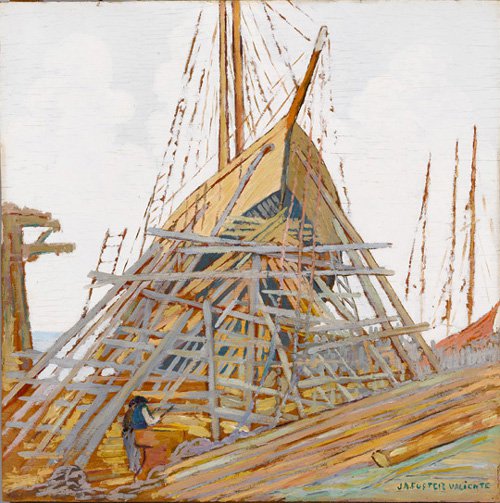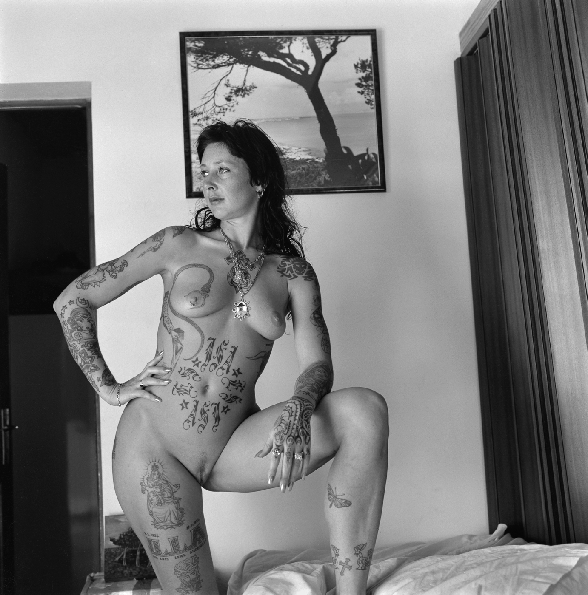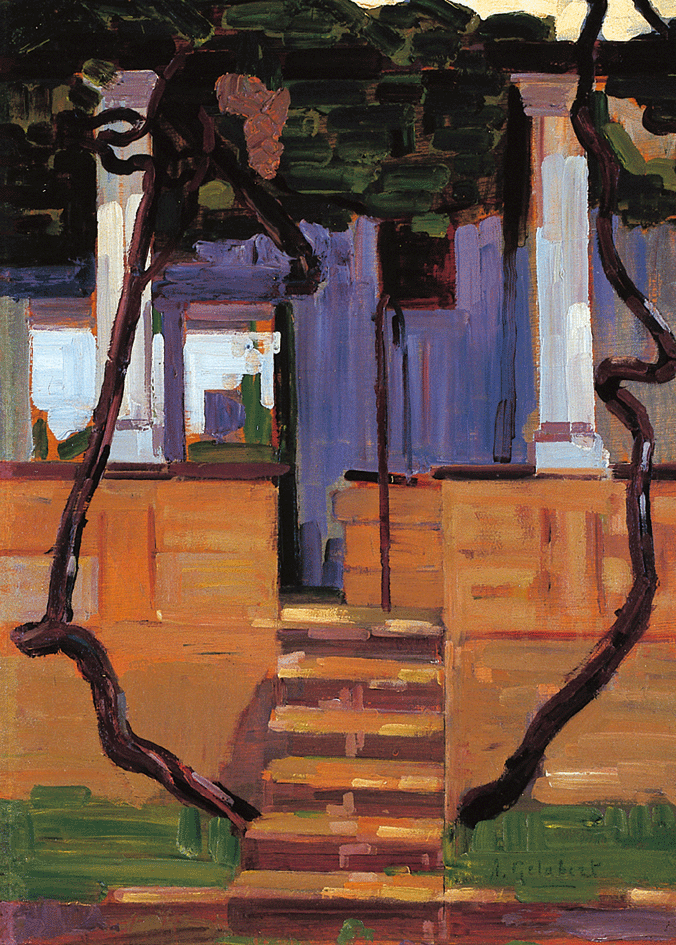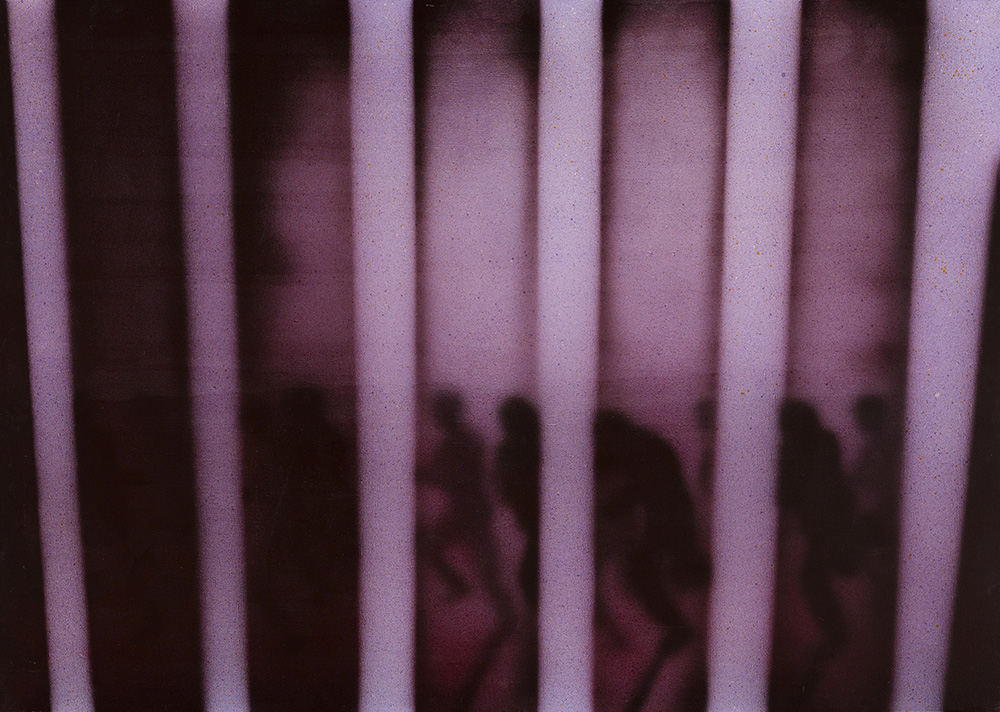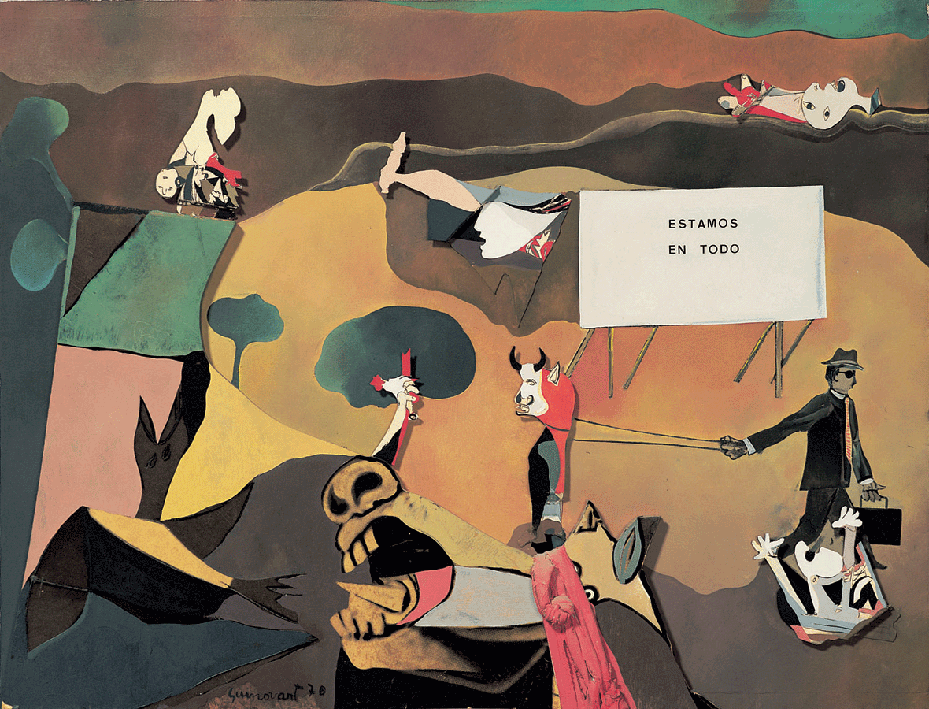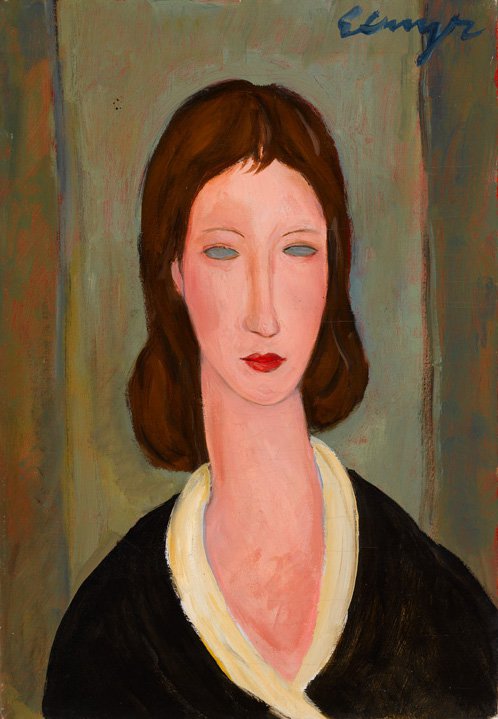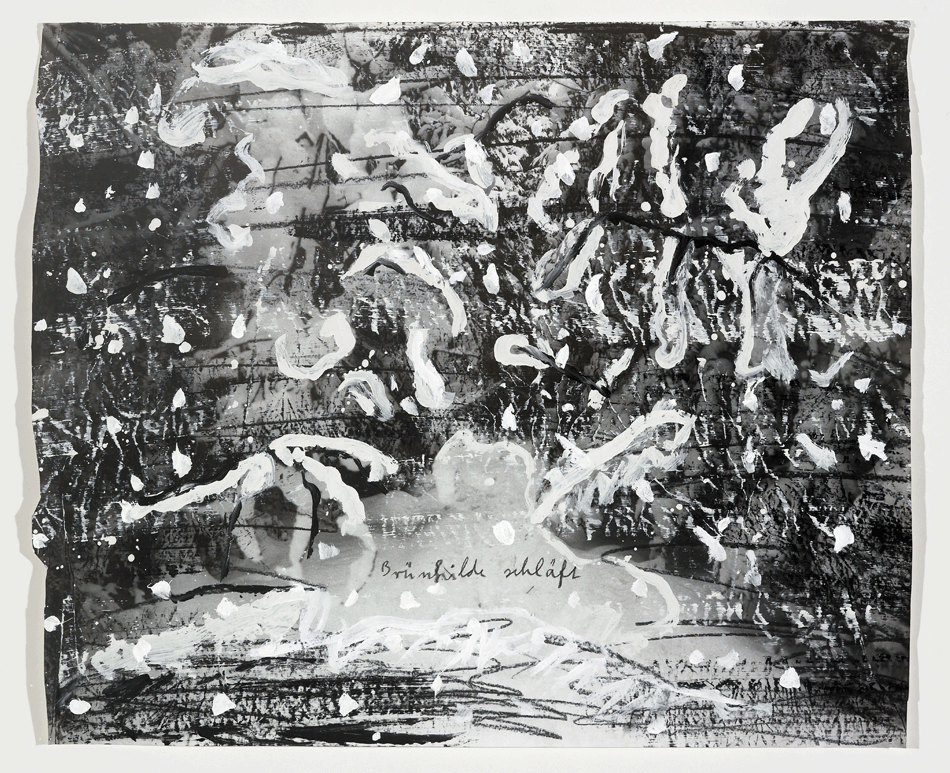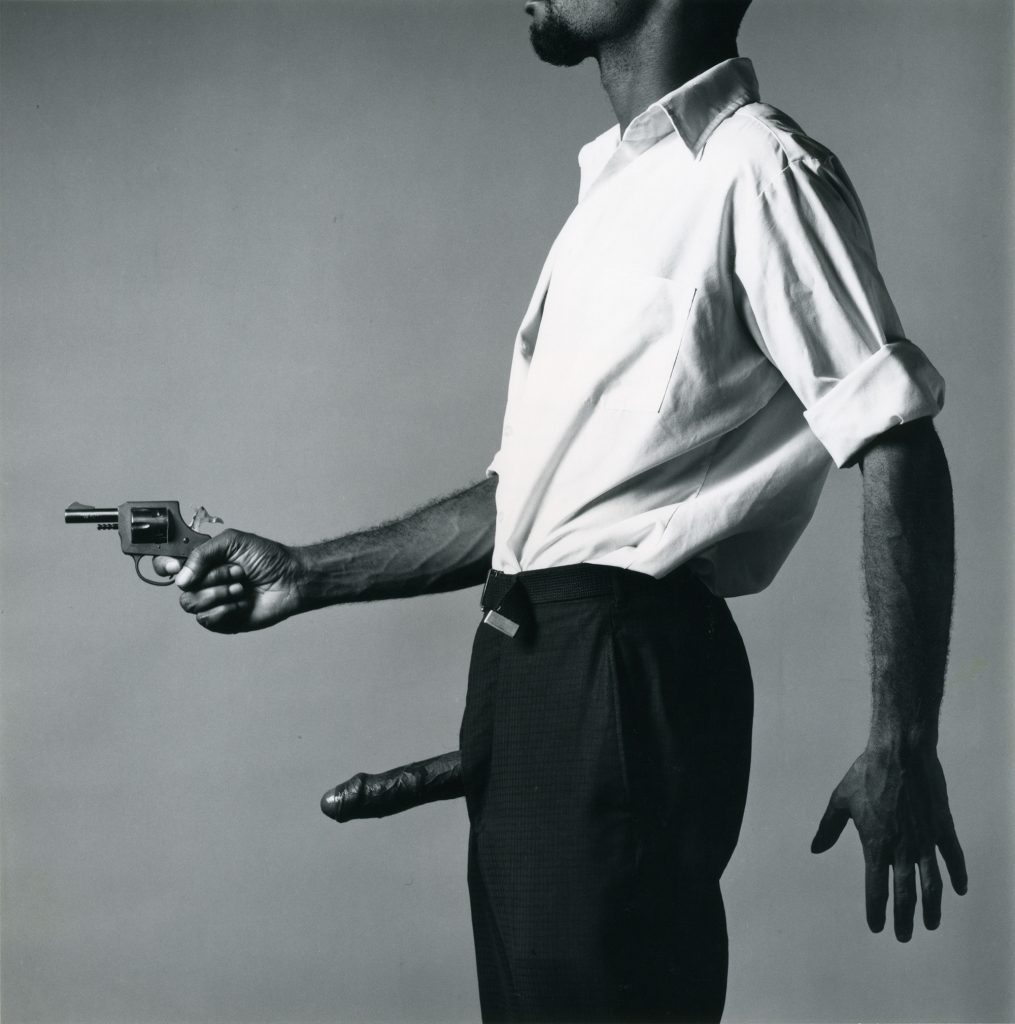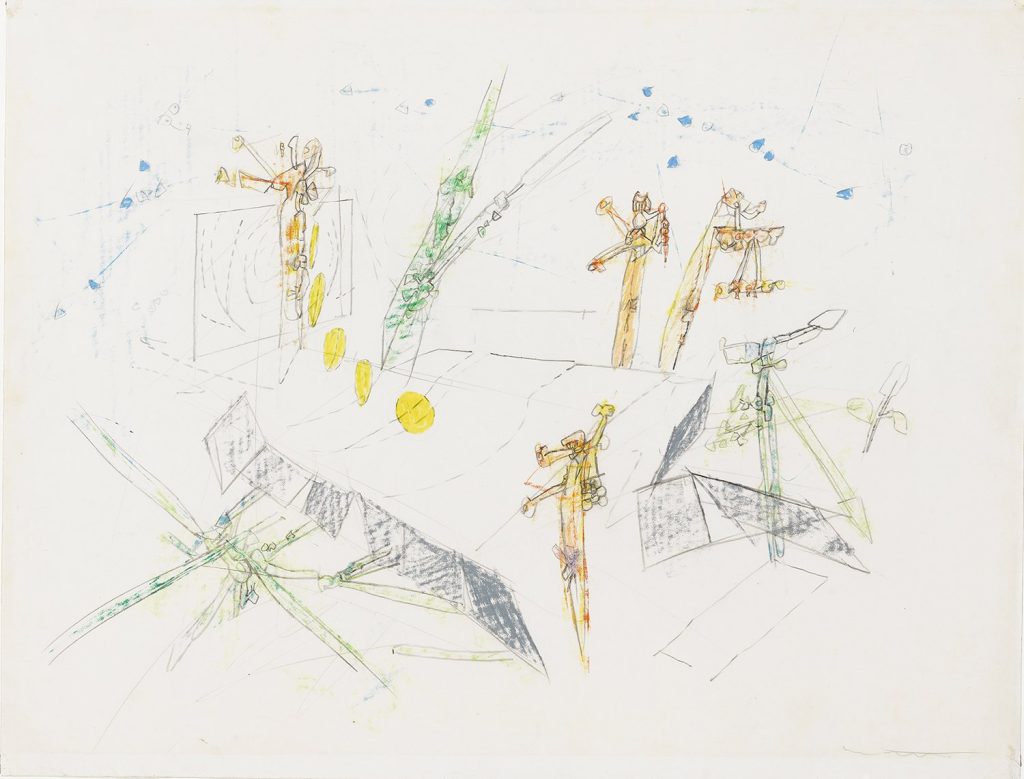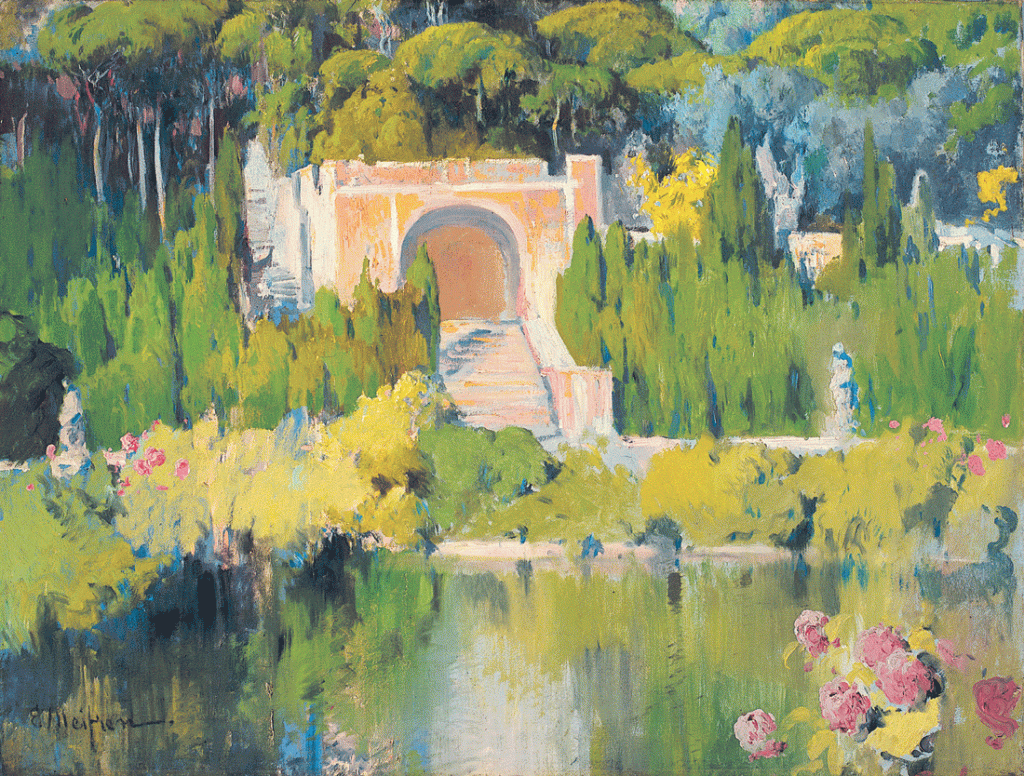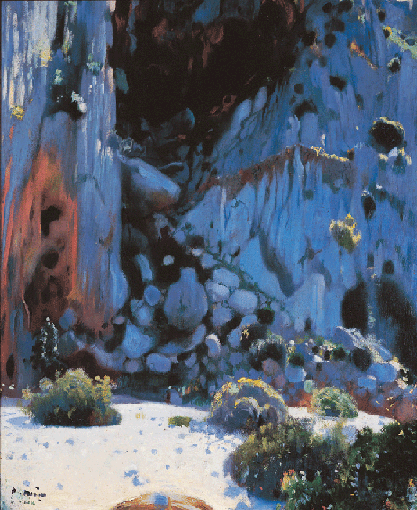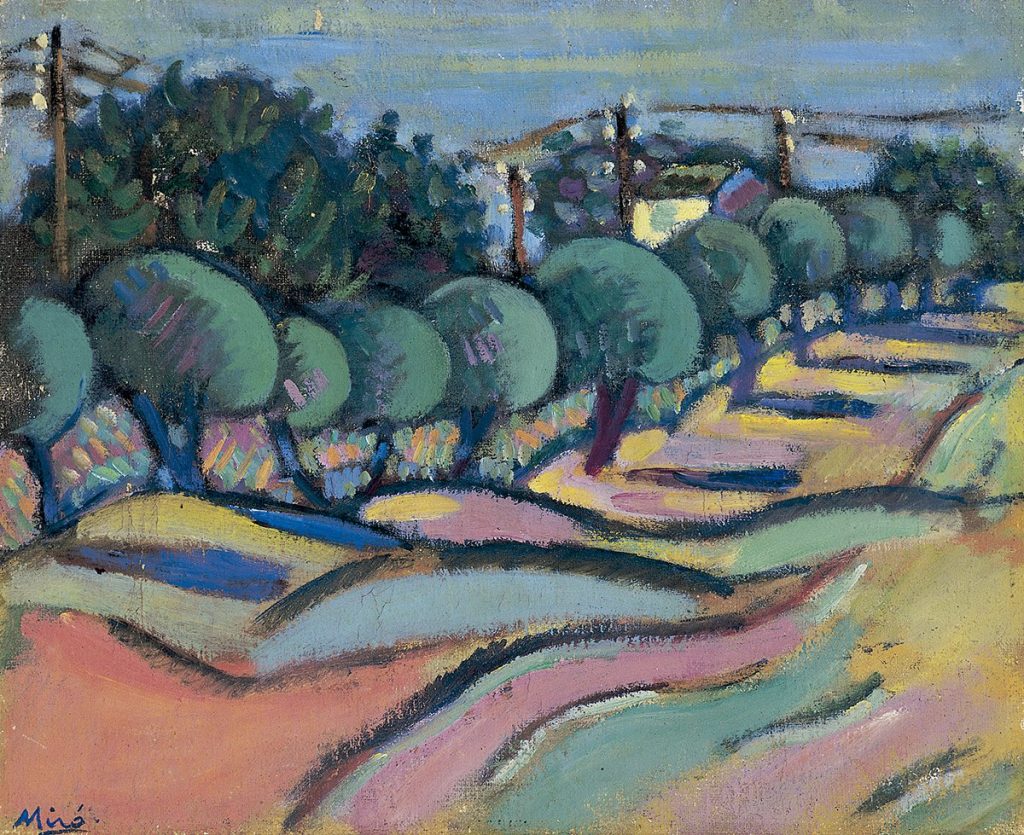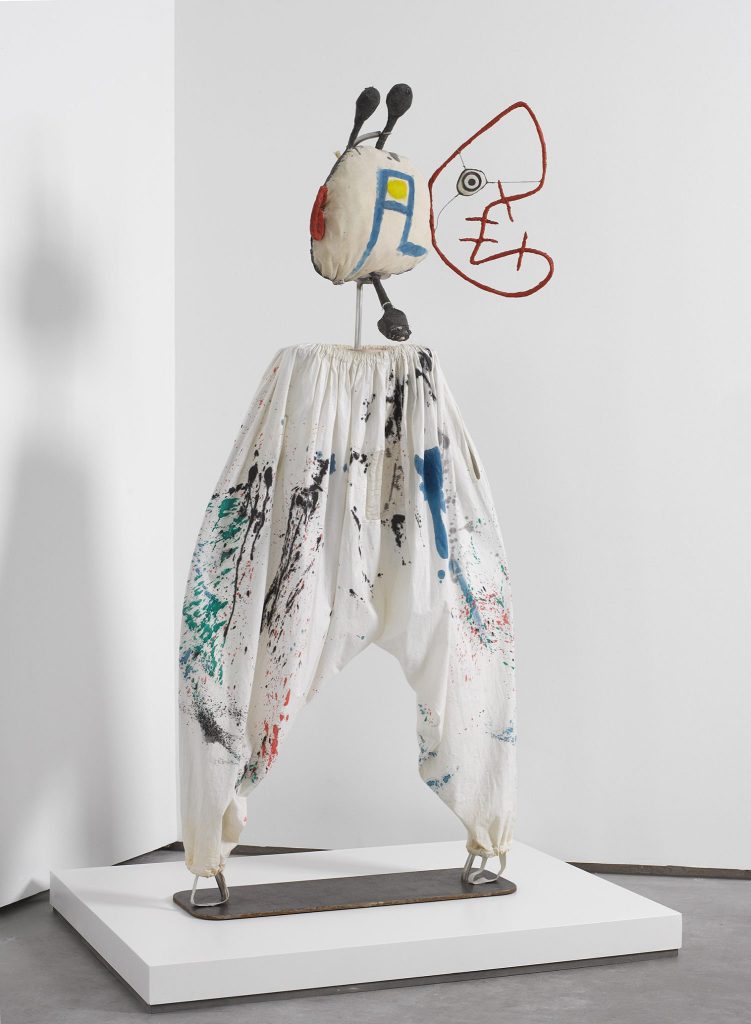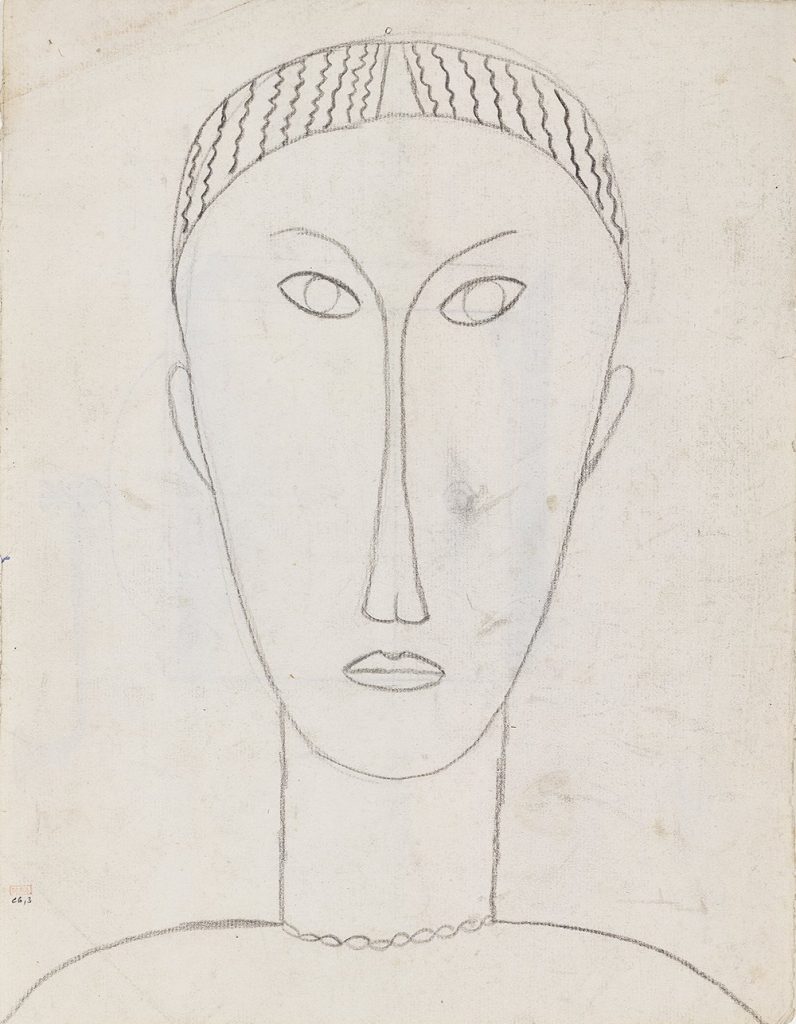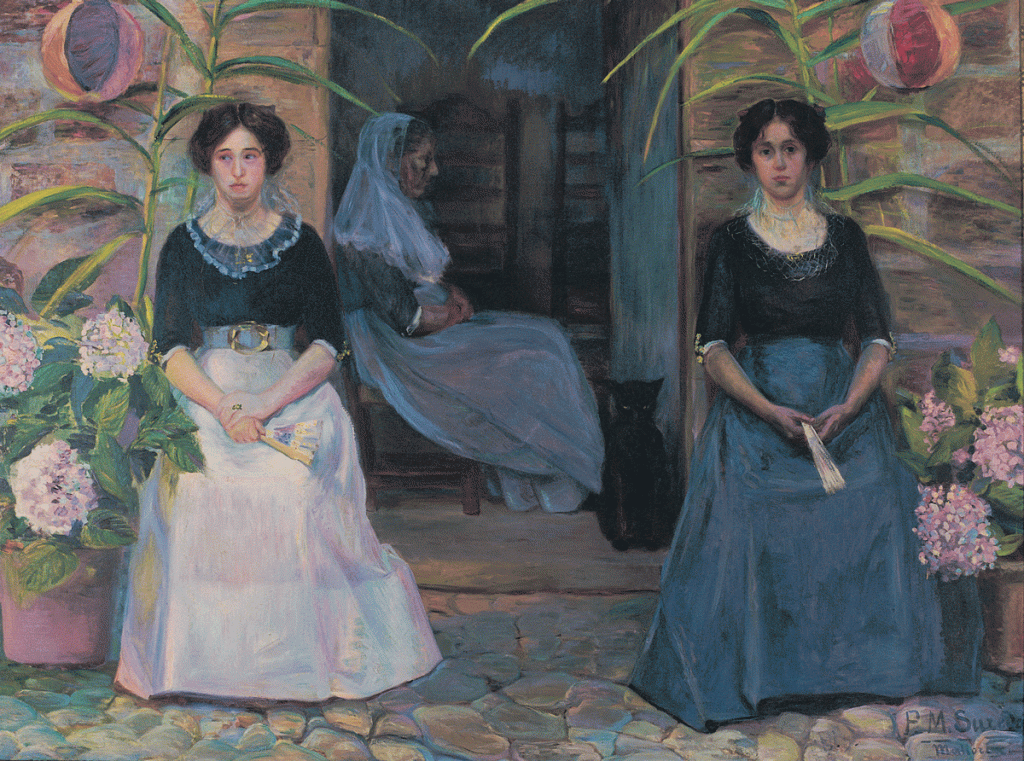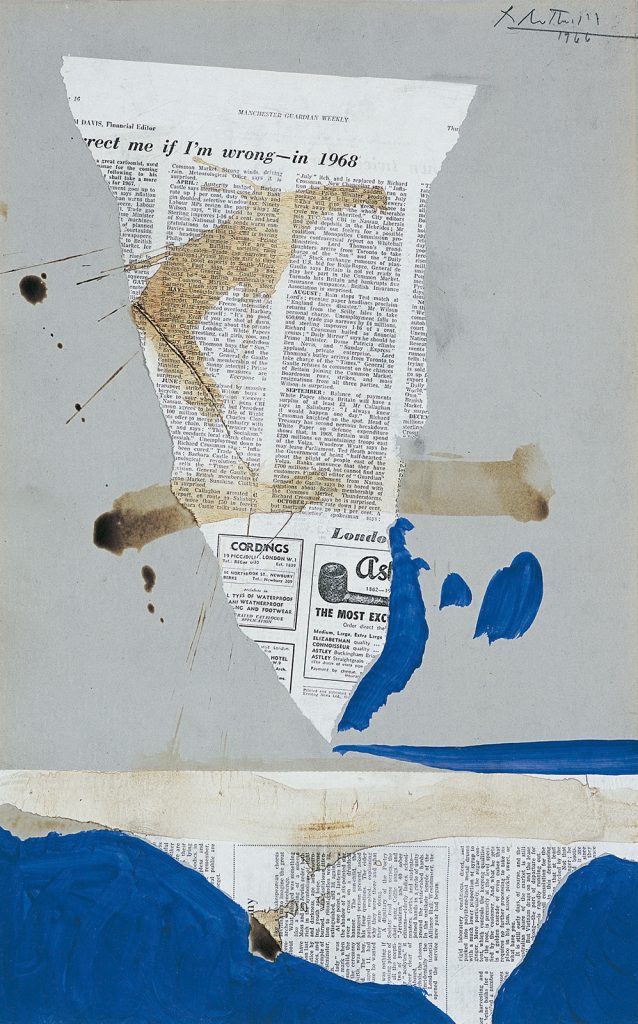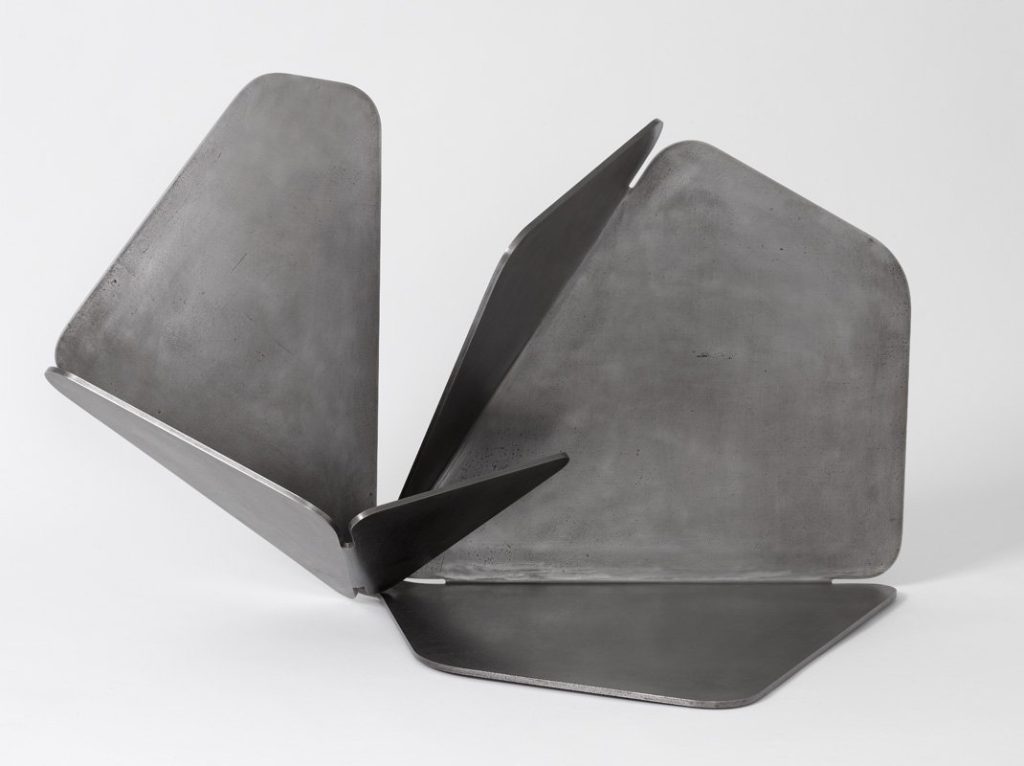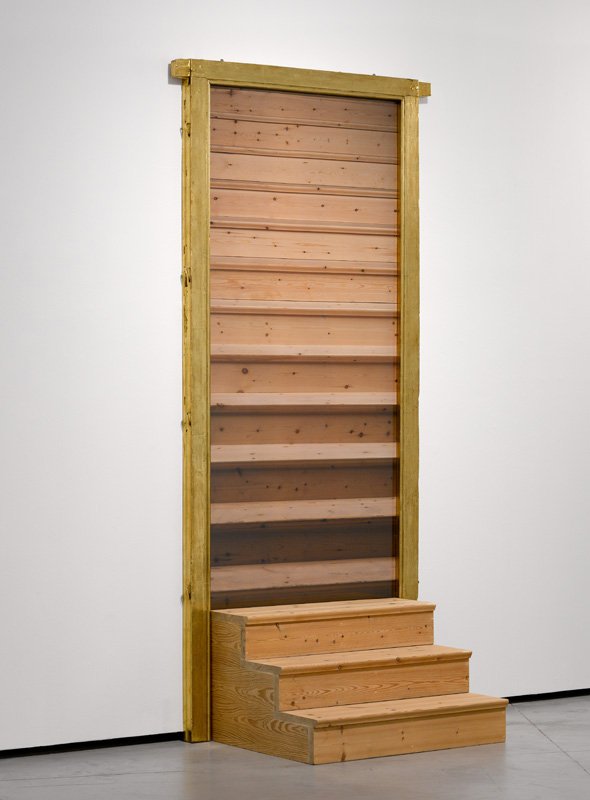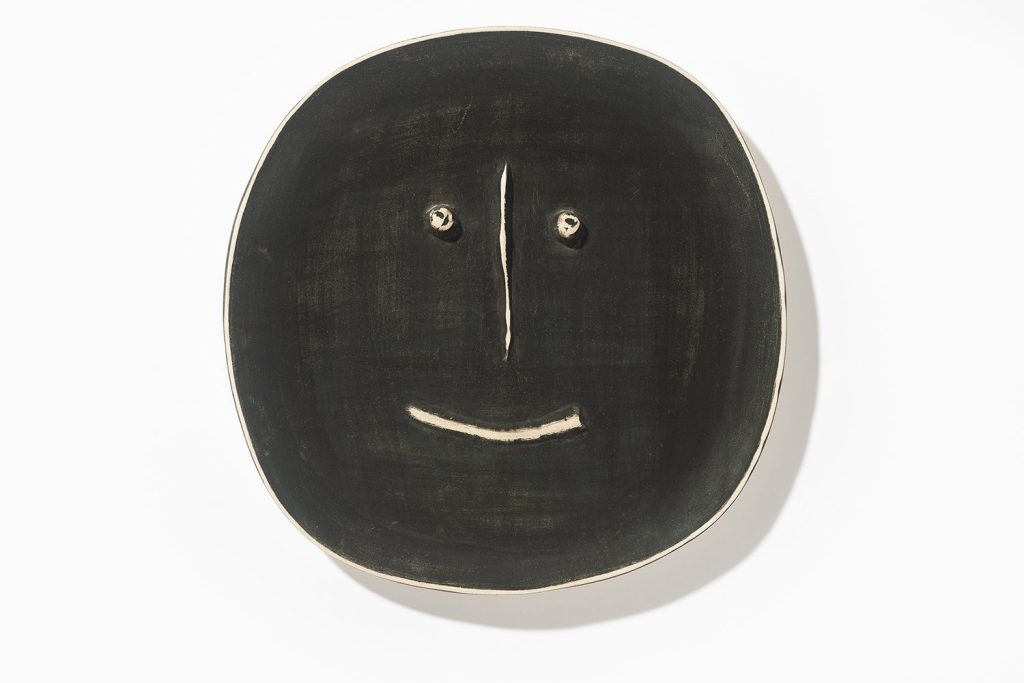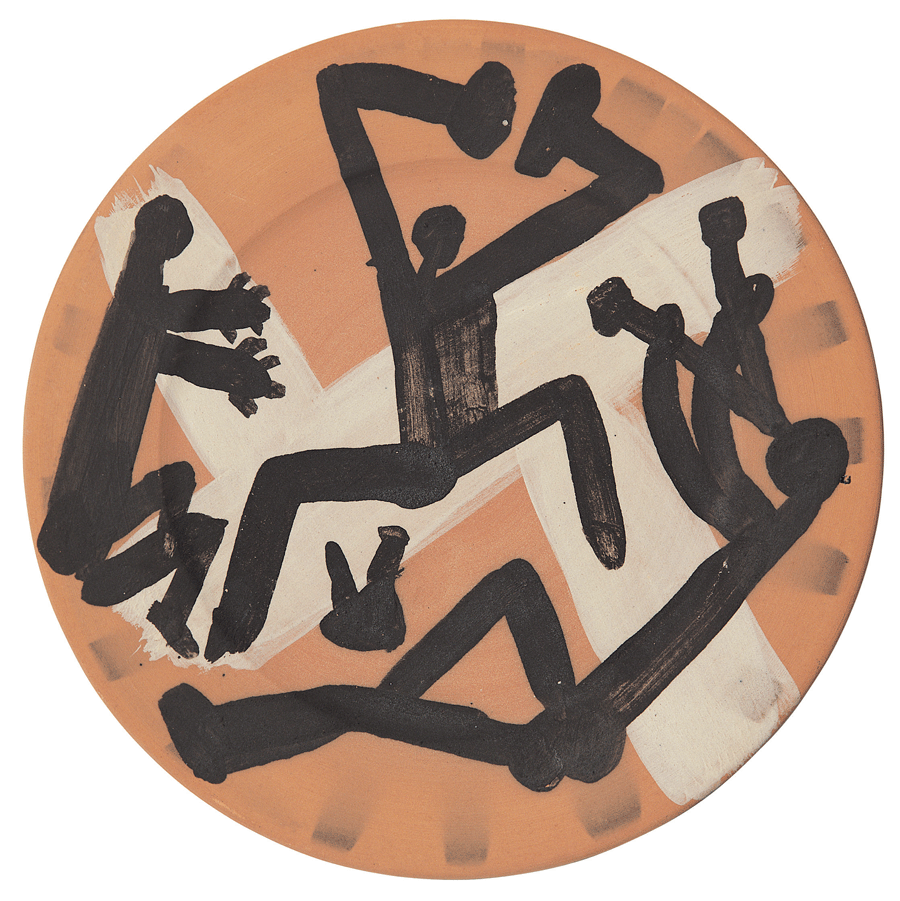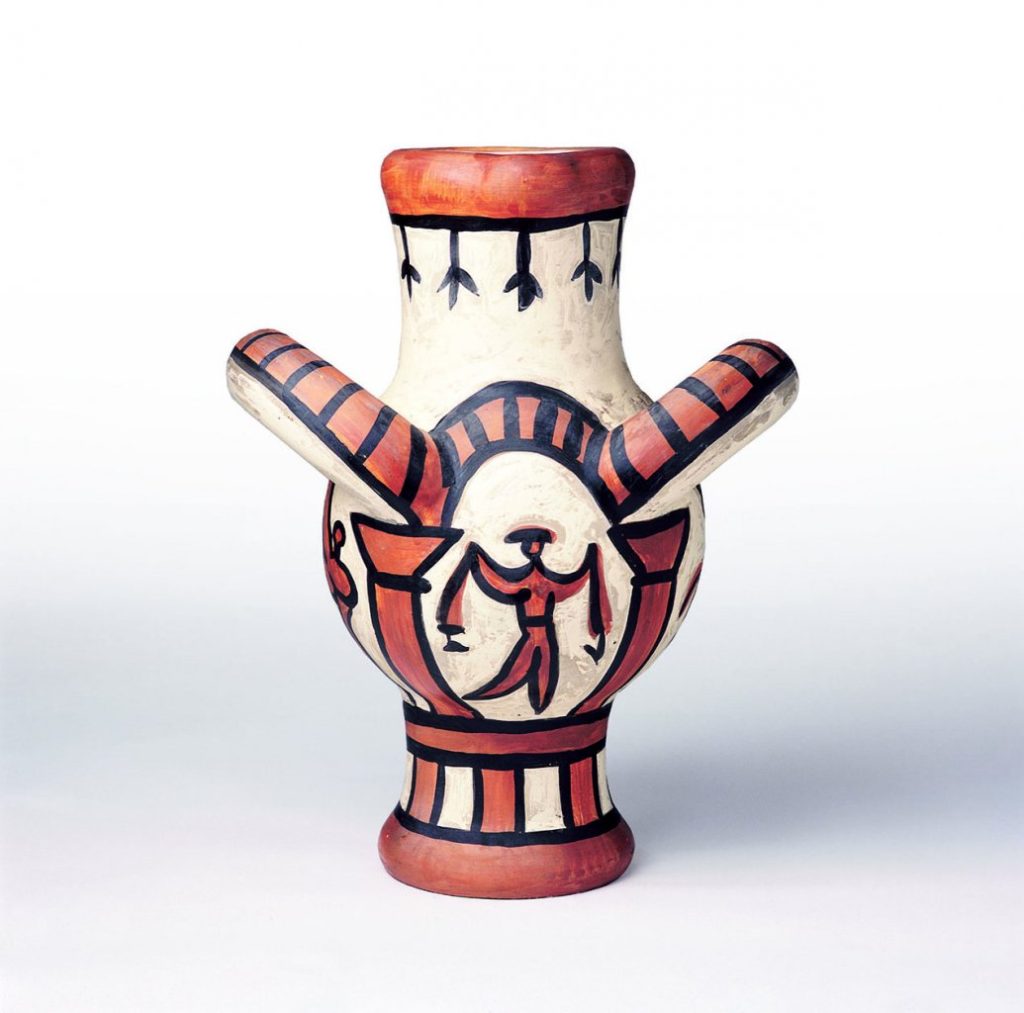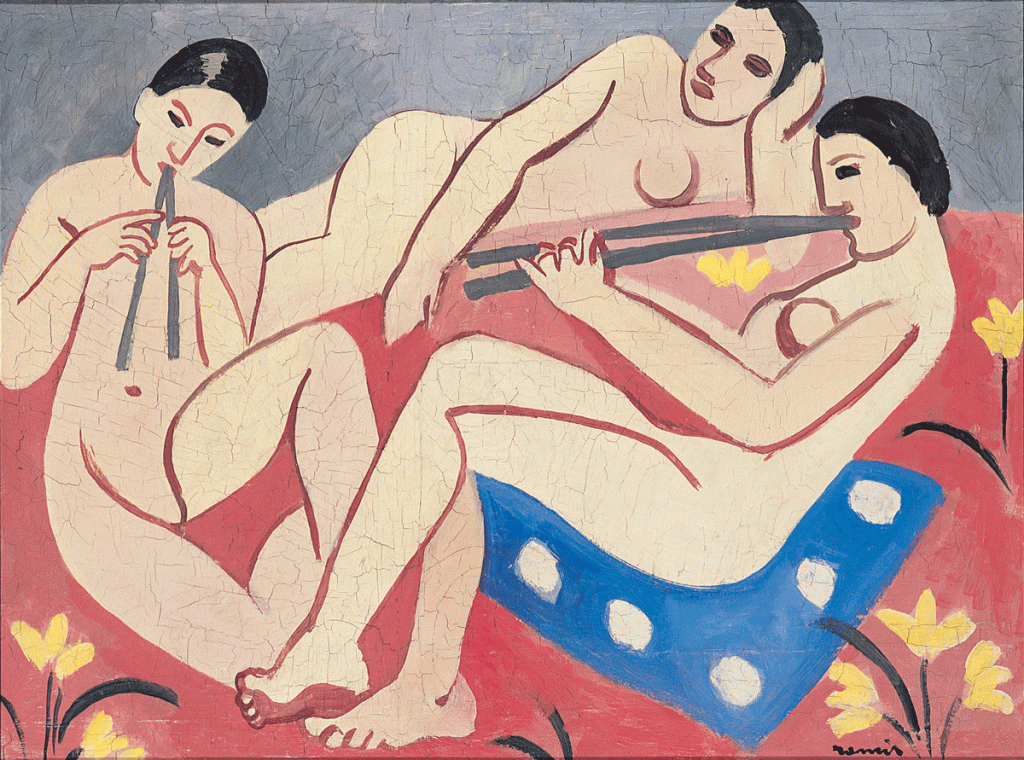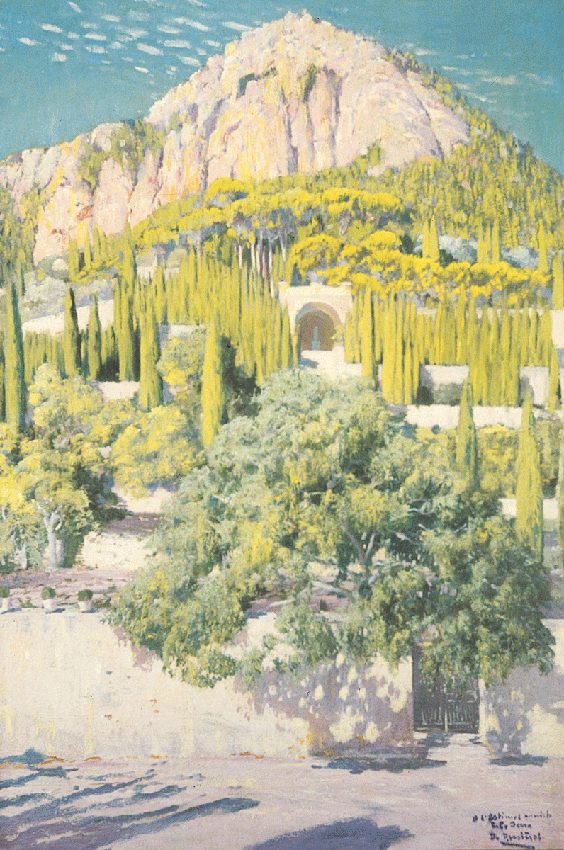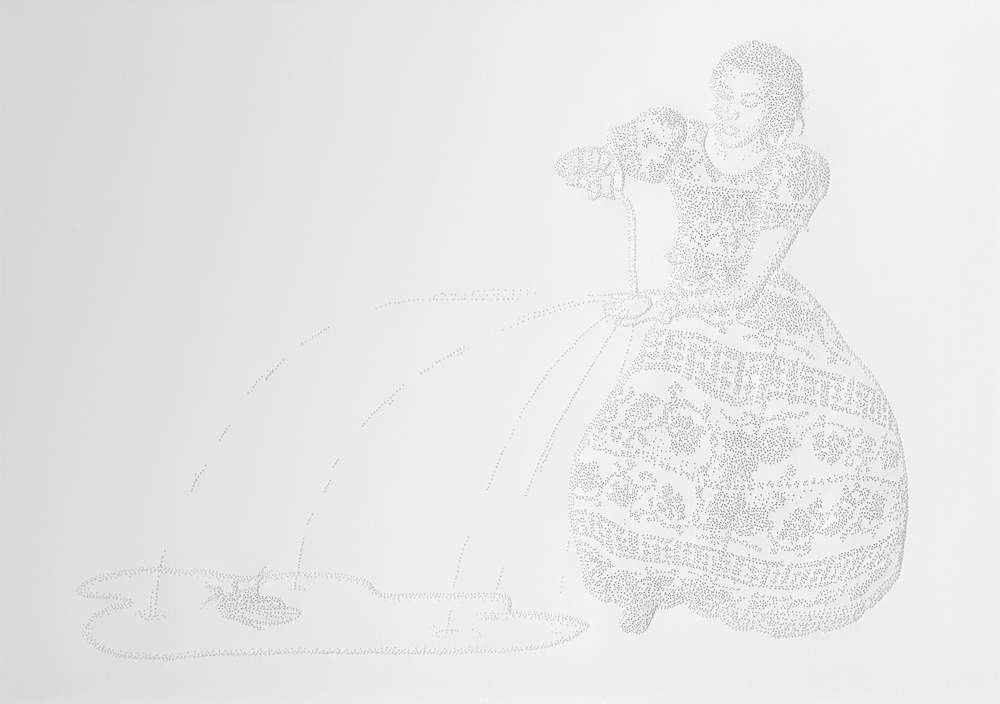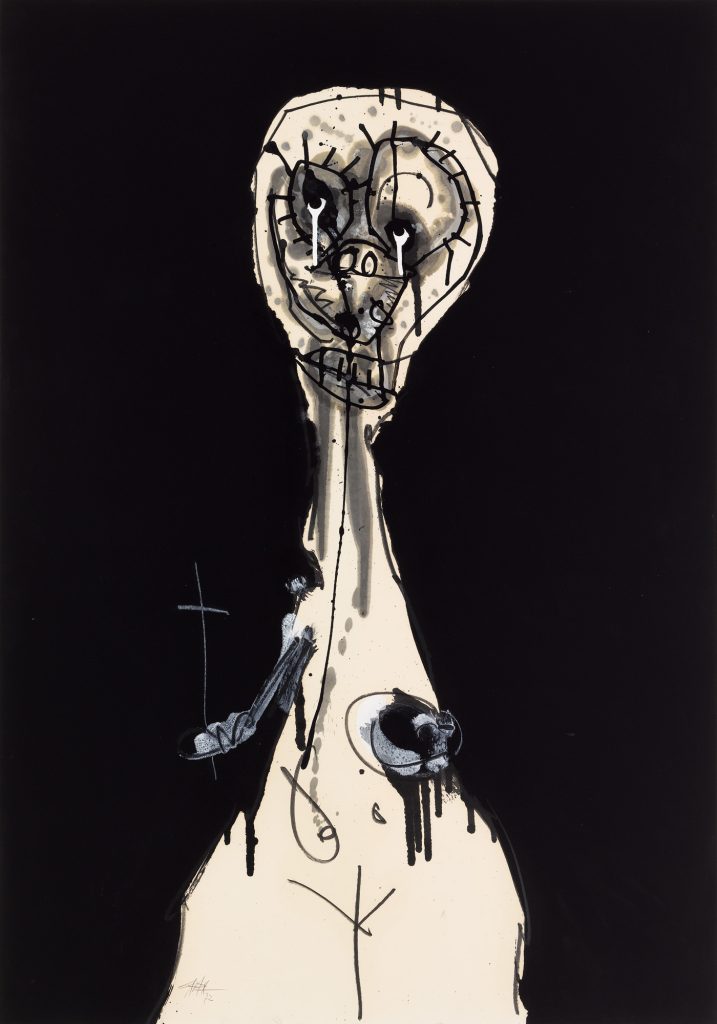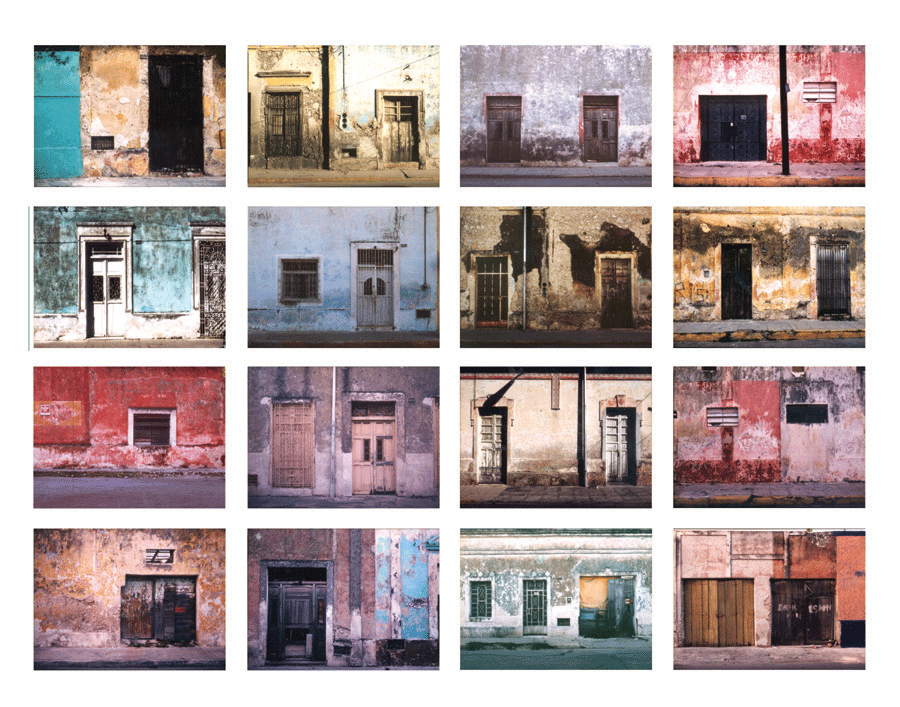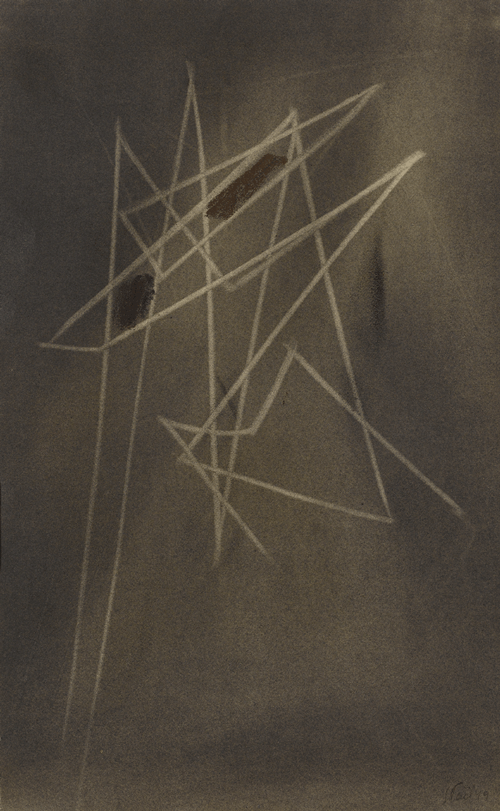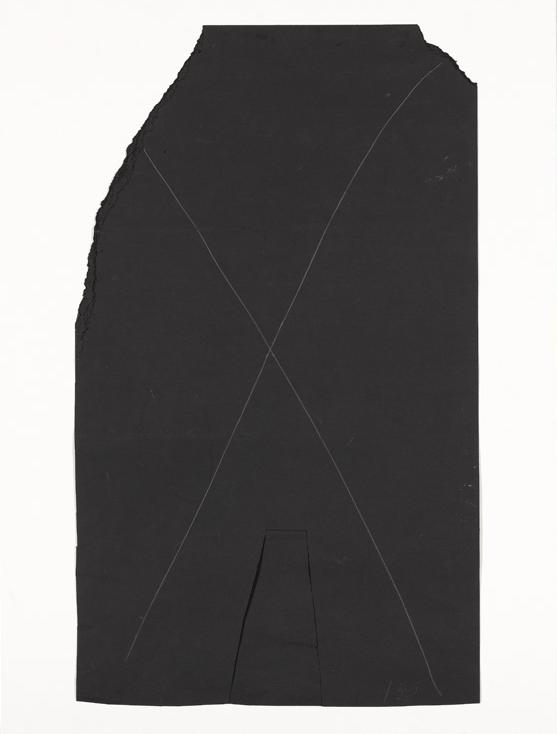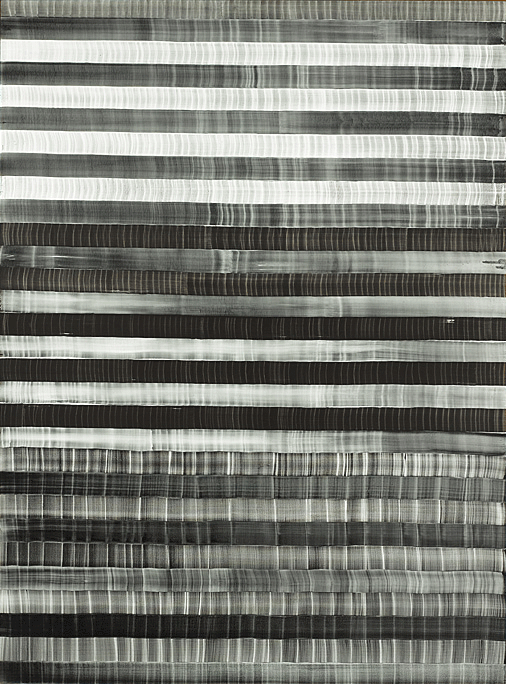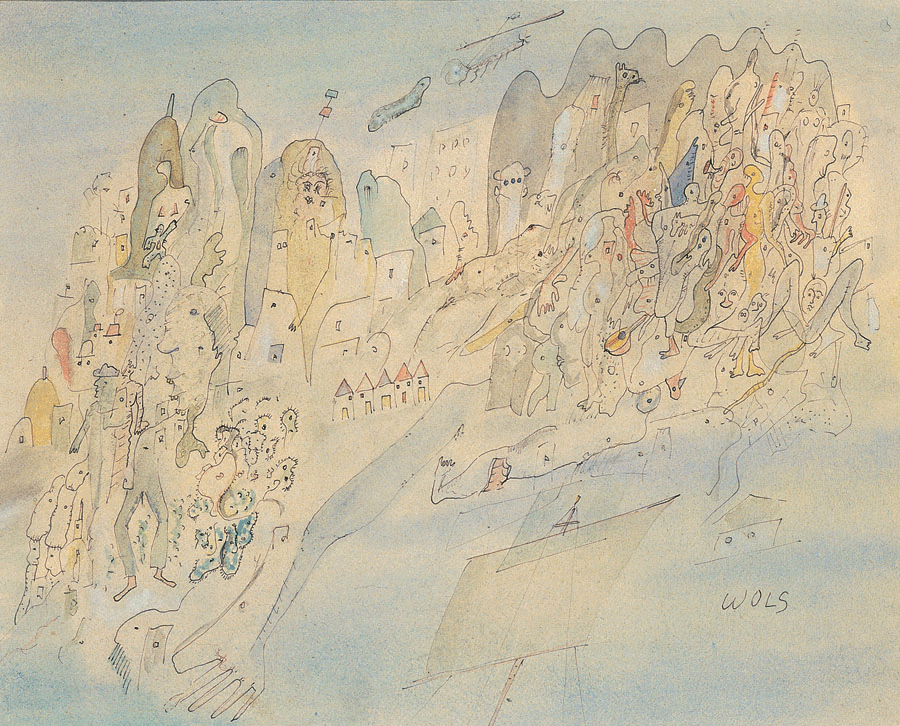Permanent collection. Carte Blanche for Isaki Lacuesta

- Artists:
-
Aitor Ortiz, Alberto García-Alix, Alex Van Gelder, Amedeo Modigliani, Amparo Sard, Anselm Kiefer, Antoni Gelabert, Antoni Miralda, Antoni Ribas, Antoni Tàpies, Democracia (Iván López i Pablo España), Diana Coca…
Artists
Aitor Ortiz, Alberto García-Alix, Alex Van Gelder, Amedeo Modigliani, Amparo Sard, Anselm Kiefer, Antoni Gelabert, Antoni Miralda, Antoni Ribas, Antoni Tàpies, Democracia (Iván López i Pablo España), Diana Coca, Eliseu Meifrèn, Elmyr de Hory, Erró, Erwin Bechtold, Fernand Léger, Francesc Català-Roca, Georg Baselitz, Hermen Anglada-Camarasa, Imi Knoebel, Isaki Lacuesta, Jason Martin, Joan Antoni Fuster i Valiente, Joan Brossa, Joan Fontcuberta, Joan Miró, Joan O'Neille, Joaquim Mir, Josep Guinovart, Josep Maria Verger Llinàs, José Gutiérrez Solana, José María Sicilia, Juan Genovés, Juan Gris, Juan Uslé, Juli Ramis, Karel Appel, Llorenç Rosselló, Louise Bourgeois, Manolo Millares, Maria Carbonero, Marina Núñez, María Blanchard, Miquel Barceló, Nicolas de Staël, Pablo Palazuelo, Pablo Ruiz Picasso, Pazzis Sureda, Pep Girbent, Per Barclay, Pere Pruna, Perejaume, Pilar Montaner de Sureda, Rafa Forteza, Ricard Anckermann, Robert Mapplethorpe, Robert Motherwell, Roberto Matta, Salvador Dalí, Santiago Rusiñol, Sean Scully, Sebastià Junyer Vidal, Susy Gómez, Tito Cittadini, Toni Catany, Tsuguharu Foujita, Vicente Escudero, Wifredo Lam, Wolf Vostell, Wols (Alfred Otto W. Schulze) and Yannick Vu - Curatorship:
- Isaki Lacuesta
- Downloads:
After the Cartes Blanches for CòmicNostrum and Agustín Fernández Mallo, Es Baluard has proposed that filmmaker Isaki Lacuesta prepare an intervention in the halls of the permanent collection to enable reinterpretation and new interactions. The project is focussed on the idea of (dis)appropriationism, (un)authorship, simulation and museological revisionism, in an exercise of fiction as a mechanism for looking at works and interpellating spectators.
Look twice, text by the curator Isaki Lacuesta
Cántaro
Escribir un cántaro que pueda tocarse.
No será necesario, por tanto, que pueda beberse en él,
o ya no sería cántaro, sino farsa:
aprender el límite hasta donde hay que creer.
(Isaki Lacuesta)[i]
Synopsis and legend
In 2028, emir Abu Karem acquired Es Baluard’s art collections reserve.
The purchase aroused controversy in the islands.
But the emir guaranteed that the collection would never leave the Balearic Islands. In addition, he declared he would invest in public housing, pensions, infrastructures and the creation of the Aka scholarship, designed for emerging creators.
So, the emir bought and reordered the collection to suit himself.
After a few months, local art critic and journalist Joan Cervelló reported that the emir had introduced some false works into the museum, attributed to famous names.
When prosecuted, the emir testified that he had not committed any fraud. Quite the contrary. He had enriched the museum’s collection with works created by himself. And he went on to confess that his aim, when mixing false works in with the authentic ones, was none other than to raise suspicion amongst spectators and force them to look at the works again, really look at them, that is, look twice.
Everybody realised that the emir’s judgement was sound, sounder than anybody’s, and in fact, that he had planned and fomented everything when in the end, he not only refused to recognise which works were those created by his own hand, but also challenged art enthusiasts to distinguish the real ones from the fakes.
Archaeology and play: a cabinet d’amateur
After the scandal of 2028, Es Baluard repudiated the figure of emir Abu Karem. Understandably. The halls of the museum were no longer arranged following his criteria, in line with the tradition of Aby Warburg and Georges Perec, Sturtevant, Max Aub and Jusep Torres Campalans. Karem saw the museum as his cabinet d’amateur, of Baroque affiliation, but also as the ideal space in which to physically capture his artistic theories, his thought regarding beauty, order and – especially – pleasure.
Now that sufficient time has passed and we finally have the necessary perspective, this exhibition recovers emir Karem’s display concept and arrangement, and also the false works which he so carefully infiltrated into the body of the collection.
Warning to spectators
This stroll through Es Baluard’s collection includes a certain number of wrongly-accredited works, falsified pieces and trompe-l’oeils, in the most literal sense of the term.
We therefore propose to spectators that they play along with us, and look twice. For once in their life, and by way of an exception in the history of museography, visitors will be able to find out, at the end of the route, whether they were right in their forecasts, and will find a list showing the real attributes of each creation.
Beyond play, the exhibition contemplates travel through time: a path of echoes, resonances, analogies and dissonances. Deep down, what we would like is for visitors to come to the museum’s storerooms and inspect the pictures thoroughly, for them to be able to appreciate the art that is hidden behind the canvas, in the stretchers.
[i] Pitcher
Writing a pitcher that can be touched.
Being able to drink from it, therefore, will not be necessary,
or it would no longer be a pitcher, but a farce:
learning the boundary up to which one must believe.
(Isaki Lacuesta)
